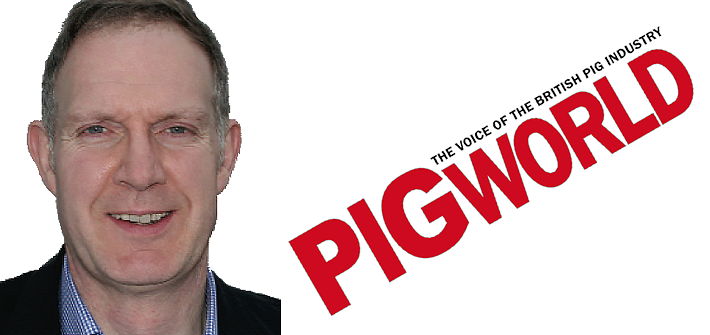I’ve talked about the potential for using insects as a protein source on this page before, and no doubt will again in the future, because it’s clear that there’s huge potential for using it in animal feed for pigs, poultry and fish throughout the EU.
That idea was reinforced at the PROteINSECT Conference in Brussels last month when York-based Fera Science presented evidence that insect proteins are not only viable in commercial and environmental terms, but are safe too.
Fera Science, which is co-ordinating the EU-wide project, is recognised globally for its expertise in safety assessments and quality data. It has now turned these skills to investigating the implications of feeding insects to livestock as a source of protein.
Deliberate feeding of insect protein to farmed animals intended for food isn’t currently permitted under EU law, however there is a growing desire to reduce reliance on imports of protein feeds from non-EU countries.
Fera Science says there’s still a lot of work to do to understand and manage safety risks for animal feed, however, early indications are very promising.
In terms of a protein source alone, insect protein is about 86 to 89% digestible, which is significantly higher than most vegetable-based protein. There’s also the potential for high value by-products such as fats and oils.
That, combined with potential production efficiencies, makes insect feed attractive for the future of animal nutrition. For example, soya yields about 0.9t/ha of protein compared to insects that potentially yield 150t/ha protein. That offers the potential of a 200-fold reduction in land use.
Fera Science says that more understanding is needed of the methods and costs of production, as well as the safety elements, however early data suggests this is a viable option for the future.
As part of the latest research, insects were fed to quality-assured animal trials in late 2015/early 2016 under the protocol of European feed industry standards. Control diets contained fishmeal, and this was substituted at a range of varying inclusion levels with insect meal.
The results showed that all animals tested performed in line with controls. Samples of the fish, chicken and pork produced were also analysed for contaminants, taints and changes in nutritional profile, and no difference was found.
There’s little published data about the risks of using insects in feed and how these can be managed so Fera Science says it needs to be cautious. It’s aware that different feedstocks and insect combinations result in different risks, so that has to be considered. How to manage any risks and methods to reduce them needs to be studied.
Early results are encouraging and the potential financial benefits could be significant for livestock farmers. Further research will be needed to ensure that a robust international safety framework for insects in animal feed is adopted, but when that’s achieved, insects have the potential to change current livestock feeding.
More information can be found at: www.proteinsect.eu




